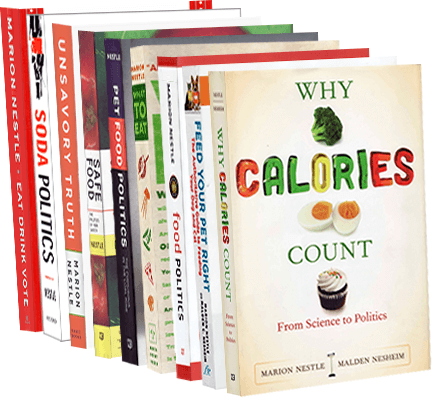Pesky problems with multi-nutrient supplements
It’s hard not to think of multivitamin supplements (which also include minerals) as perfectly safe, since the amounts of specific nutrients rarely exceed recommended levels. But according to recent reports, formulation mistakes get made and these don’t always get caught by quality controls. Here are two examples.
According to FoodProductionDaily.com, 25% of Adverse Event Reports (AERs) sent into the FDA last year concerned multivitamin supplements. This, says one supplement trade association, should not be interpreted to mean that there is anything wrong with the supplements. Maybe not, but how about checking?
I say this because of the high zinc levels in the Nutro pet food recently recalled by Mars (see previous post). Thanks to Sophie for sending a link to a report that some bags of the kibble contained zinc at more than 2000 ppm as compared to the 75 ppm that is supposed to be there. This, of course, is why I keep insisting that everyone, not just pet owners, should be concerned about the quality of pet food. We only have one food supply. If a problem exists with pet food, it’s quite likely that something similar could happen to ours.
The take-home lessons:
- For food manufacturers: Don’t trust the suppliers of vitamin/mineral mixes; test them!
- For the government: How about requiring all supplement manufacturers to follow HACCP (science-based food safety) plans, with testing and quality control.
- For customers (this means you): Contact the consumer affairs representative listed on the package label, ask if the company tests vitamin and mineral levels in finished products, complain if it doesn’t, and demand to see test data if it does.
Addendum: October 16, 2009: Thanks to Anthro for sending a link to this October 7 article from the website of the New England Journal of Medicine: “American roulette – contaminated dietary supplements.” This is only to be expected from deregulated industries.

